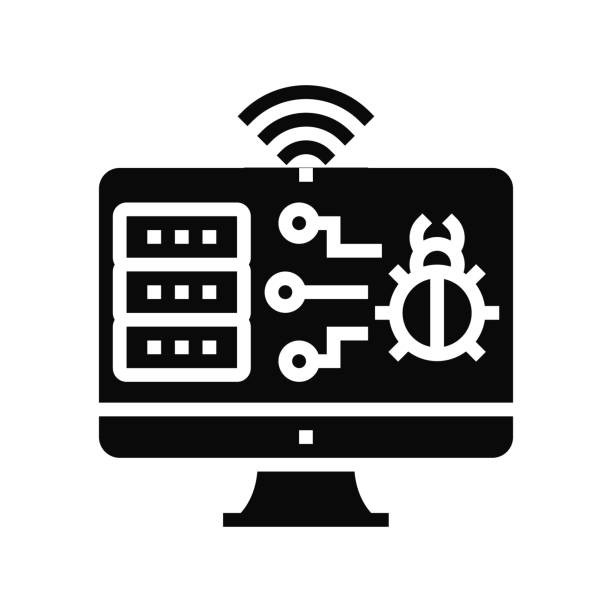The importance of Application Programming Interfaces (APIs) in today’s fast-changing digital economy, where organizations rely on smooth data flow and real-time information access, cannot be emphasized. APIs are the foundation of modern software development, linking various systems and applications. Understanding API uptime tracking is critical for guaranteeing the stability of your digital services, whether you’re a developer or a user. This article will go into the area of API uptime tracking, examining its importance, obstacles, and a viable solution.

The Obstacle: Maintaining Uninterrupted Services
Consider the following scenario: You run an e-commerce platform that relies on various APIs to handle orders, manage inventory, and process payments. One of these critical APIs goes down unexpectedly, interrupting your entire operation. Customers are unable to finalize their transactions, and you are losing money by the minute. Such interruptions can degrade your brand’s reputation and lead to dissatisfied customers, perhaps creating long-term harm.
The Answer For API Uptime Tracking: Uptimeapi
Developers and enterprises have resorted to API uptime tracking tools like Uptimeapi to address this issue. This revolutionary solution provides a complete method to monitor the availability and performance of your APIs, ensuring they are available and operational 24 hours a day, seven days a week.
API Uptime Tracking’s Advantages And Features
- Uptimeapi continually monitors the health of your APIs in real-time, giving fast alerts in the event of an outage. This proactive strategy allows for the quick repair of issues, reducing service interruptions.
- Customizable Notifications: With Uptimeapi, you can customize notification settings to meet your individual requirements. Receive notifications through email, SMS, or integrate with popular messaging systems such as Slack. This adaptability guarantees that the appropriate persons are notified as soon as possible.
- Historical Data Analysis: Uptimeapi preserves a complete record of the uptime history of your API. This data may be extremely useful for spotting patterns, increasing service dependability, and making data-driven decisions to improve your digital infrastructure.
- Global Monitoring: Uptimeapi provides a global network of monitoring stations, guaranteeing that the performance of your API is evaluated from many geographical regions. This function aids in the discovery of issues pertaining to specific areas or networks.
- Simple Integration: Uptimeapi makes integration simple. It supports a diverse set of APIs and programming languages, allowing you to integrate it into your existing infrastructure with ease.
How To Begin With Uptimeapi

Now that you understand the significance of API uptime tracking and the advantages of Uptimeapi, let’s get started with the crucial steps for getting the most out of this tool:
- Sign up here: Begin by creating an account with Uptimeapi on their website. Choose a plan that meets your requirements, whether you are a small development team or a major corporation.
- API Integration: Integrate Uptimeapi with your APIs by following the simple setup steps. For more complex integrations, you can utilize the Uptimeapi libraries or the RESTful API.
- Configure Alerts: Create alerts to get warnings in the case of a system outage. Customize these notifications to ensure that the appropriate persons or teams are notified as soon as possible.
- Analyze Data: Once Uptimeapi has started monitoring your APIs, use the historical data and analytical tools to uncover trends and areas for improvement.
Related Post: The Art Of API Uptime Tracking In 2024

